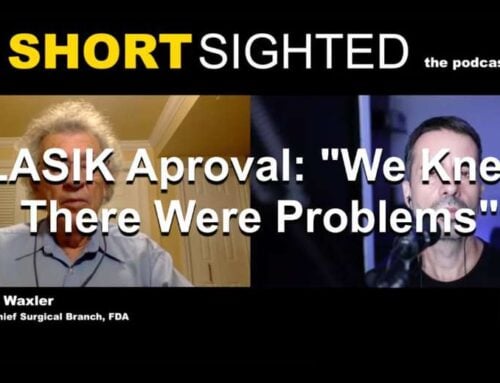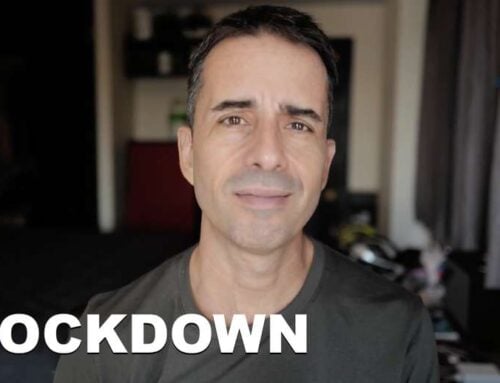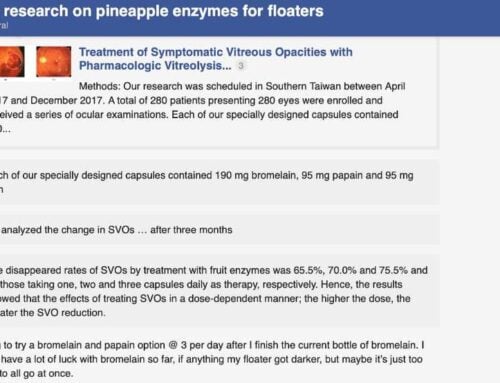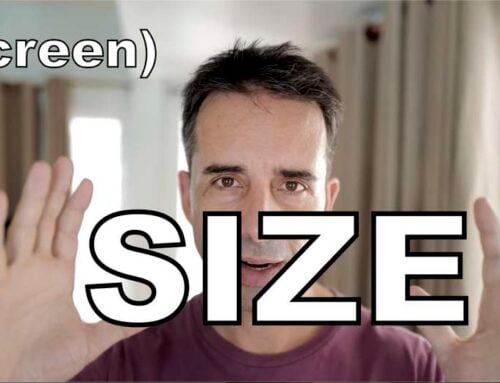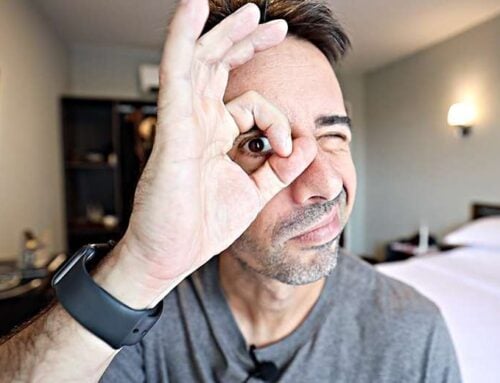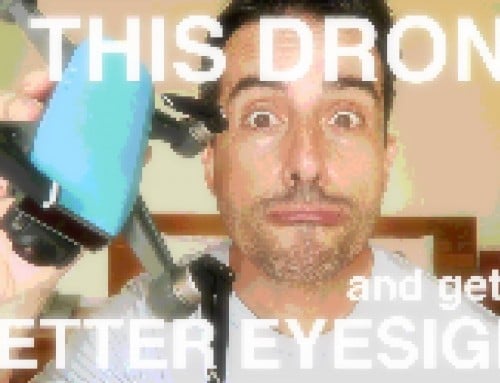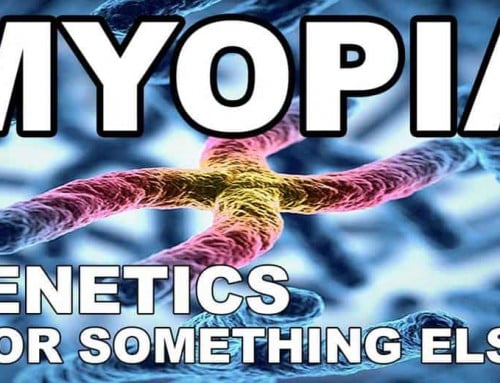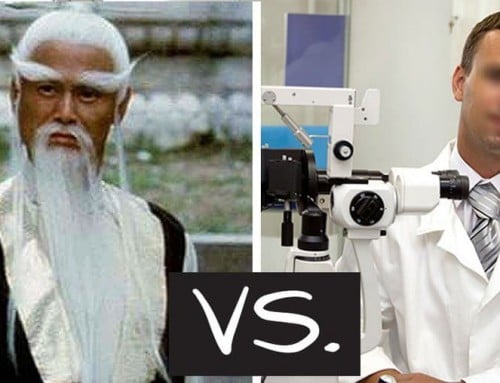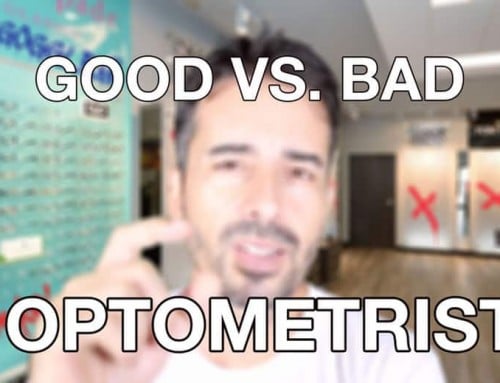From The Motley Fool:
Why Opthotech Corporation Shares Skyrocketed by 75% in 2015
A potential to change the standard of care in a multibillion-dollar market has sparked investor enthusiasm.
SOURCE: NATIONAL EYE INSTITUTE.
What: A new adjunct therapy under development that could improve outcomes for people suffering from a form of age-related vision loss caused shares in Ophthotech Corporation (NASDAQ:OPHT) to soar higher by 75% in 2015, according to Capital IQ.
So what: An increasingly larger and longer-living population means more people are being diagnosed with age-related macular degeneration, and that’s creating massive demand for Novartis’ (NYSE:NVS) Lucentis and Regeneron’s (NASDAQ:REGN) Eylea, two drugs that are widely used to address this condition.
Sales of Lucentis and Eylea exited the third quarter selling at a combined annualized clip of roughly $8 billion, and that market potential has investors licking their chops over the possibility that Ophthotech’s phase 3 stage drug, Fovista, could become a top seller that’s used alongside Lucentis and Eylea.
Macular degeneration. Investors, licking the chops.
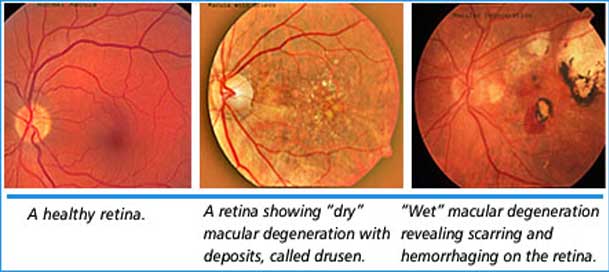
You won’t be licking any chops. It’s opening the door for all sorts of irony, if you’re about to invest in a growing market for a serious health condition you might later face yourself. One you might possibly reduce the risk for, rather than trying to profit from.
You won’t care about macular degeneration, till you hear it out of your doctor’s mouth. Odds are however that you might, past 50, since it is indeed becoming more prevalent. And while some pills might help, the fact that part of your retina is basically going away, isn’t going to be reversed by pharma any time soon.
Here’s what you want to know, though.
“Age related” (isn’t everything) macular degeneration does not have a clearly identified single cause. Diet, genetics, sun exposure, the usual suspects are still being cited and researched by science. You know what else science knows?
From the American Journal of Epidemiology:
Data from the first National Health and Nutrition Examination Survey collected between 1971 and 1972 were used to determine what factors are associated with the prevalence of age-related macular degeneration. The study was limited to those who were at least 45 years old at the time of the ophthalmology examination. Stratified analysis, adjusting for age, showed that education, systolic blood pressure, past history of hypertension, cerebrovascutar disease, and refractive error were all associated with macular degeneration.
Refractive error.
By which of course we mean hyperopia and much more predominantly, myopia. Myopes are at higher risk of developing macular degeneration. This is true for most of the various retinal problems that tend to happen later in life. Lattice degeneration, retinal detachment, macular degeneration, they all correlate with myopia.
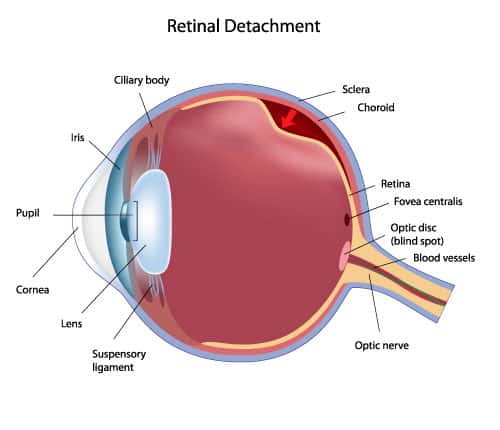
Increasingly common, and part of the list of myopia related conditions.
It’s easy to understand why, when you know the basics about progressive myopia, and axial elongation of the eyeballs. The eye elongates, the attachment between the eye and the retina is stressed, with age the flexibility of the attachment wanes, and then you get all these retinal problems.

No retina, no eyesight.
Although, new billion dollar industries and stock tips.
Keep those eyes healthy. Enjoy the benefits of not needing strong prescription lenses today. And then your future you will thank you for having done so, and not spending time in doctor’s offices, reading pamphlets, worrying about when might be the last time you can actually look at your grand kids.
Avoidable issues. Little bit of prevention, right now is all you need. ;-)
Cheers,
-Jake


